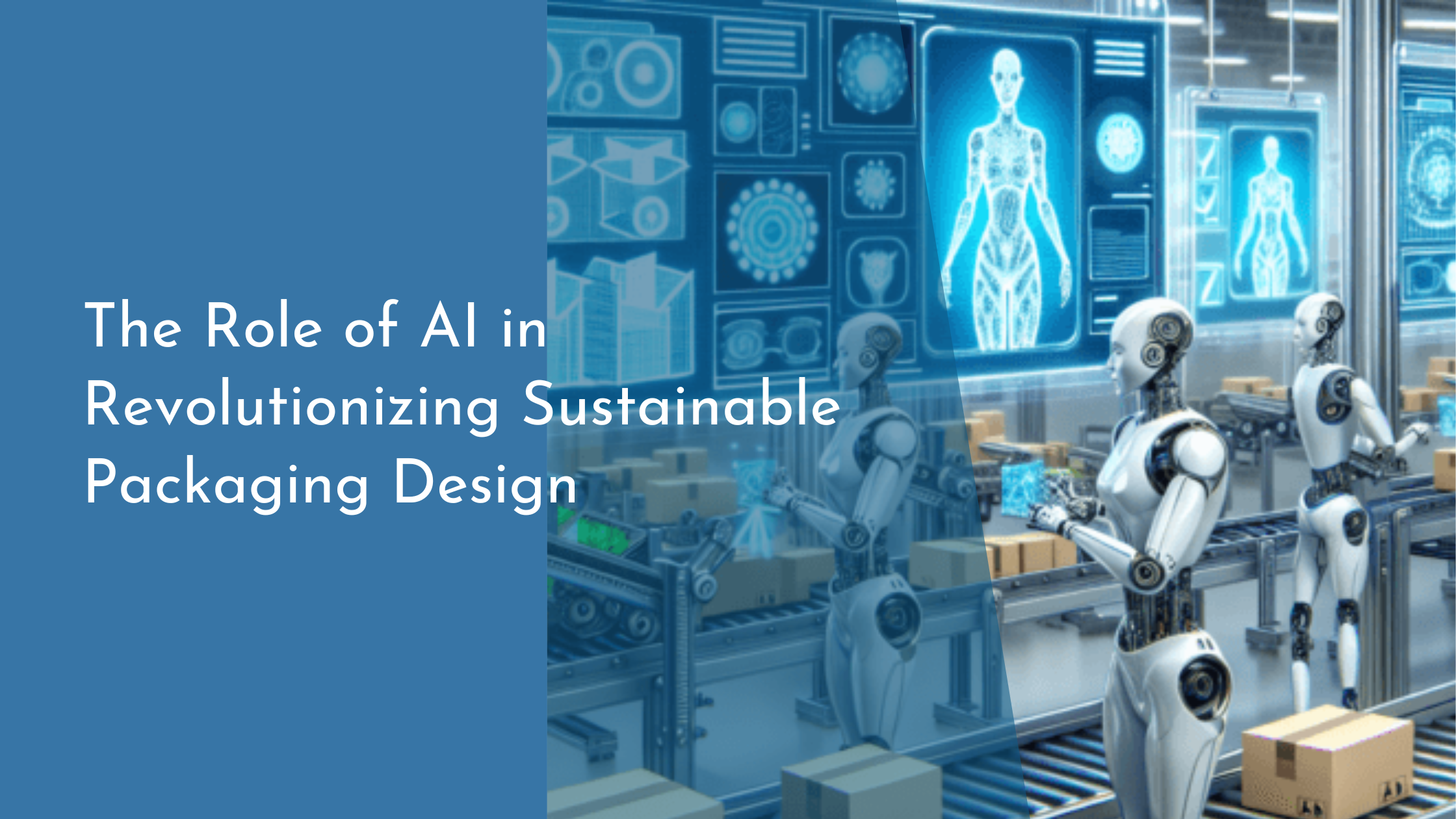The Role of AI in Revolutionizing Sustainable Packaging Design
The growing demand for sustainable practices in every aspect of life has led industries to rethink their approach to packaging. Traditional packaging solutions, often laden with plastic and non-recyclable materials, are being scrutinized for their environmental impact. Enter Artificial Intelligence (AI), a transformative technology that is playing a pivotal role in the revolution of sustainable packaging design. By leveraging AI, companies are not only creating environmentally friendly packaging solutions but are also optimizing processes and materials to make them more efficient and effective.
Exploring AI’s Impact on Eco-Friendly Packaging
Artificial Intelligence has become instrumental in the quest for eco-friendly packaging by optimizing materials usage and reducing waste. AI algorithms analyze and predict consumer behavior, allowing companies to tailor their packaging designs to meet specific sustainability goals. This includes minimizing material usage, selecting biodegradable or recyclable materials, and designing for ease of recycling. The data-driven insights provided by AI help in designing packaging that meets environmental protection standards while also being cost-effective and appealing to consumers.
Moreover, AI aids in lifecycle assessment (LCA) of packaging materials, providing insights into their environmental impact from production to disposal. This comprehensive evaluation helps in selecting materials that not only perform well but also have a lower ecological footprint. By integrating AI into the design process, companies can simulate various scenarios and outcomes, ultimately leading to more sustainable packaging solutions that align with eco-conscious consumer demands.
Innovations Driven by AI in Sustainable Design
AI is at the forefront of driving innovations in sustainable packaging design through advanced simulation and modeling techniques. These technologies allow designers to experiment with different materials and forms, ensuring that the final product not only protects the contents efficiently but also minimizes environmental impact. For instance, AI can simulate the durability and performance of different biodegradable materials, enabling the creation of packaging that is both functional and sustainable.
Additionally, AI-powered generative design is revolutionizing the way packaging is created. By inputting specific constraints and goals, such as material reduction or increased recyclability, AI algorithms can generate multiple design iterations that meet these criteria. This not only speeds up the design process but also unveils creative solutions that might not have been considered through traditional design methods. As a result, AI is pushing the boundaries of what is possible in sustainable design, leading to innovative packaging solutions that cater to a greener future.
Case Studies of AI-Enhanced Packaging Solutions
Several companies have already begun to harness the power of AI to create sustainable packaging solutions. For example, a global beverage giant implemented AI to optimize the design of its cans and bottles, resulting in a reduction of raw materials used without compromising the strength or integrity of the packaging. The AI system analyzed various design variables and suggested modifications that led to significant material savings, reducing both costs and environmental impact.
Another notable case is a cosmetics brand that utilized AI in developing a new line of packaging made from recycled ocean plastics. By employing AI to assess the supply chain and material processing, the company ensured the recycled materials maintained high quality and durability. This initiative not only addressed the problem of ocean plastic pollution but also set a new standard for sustainable practices in the cosmetics industry. These examples highlight the transformative role AI can play in achieving sustainable packaging goals.
The Future of AI in Green Packaging Practices
As AI technology continues to evolve, its role in sustainable packaging is expected to deepen, enabling even more sophisticated and eco-friendly solutions. The future may see AI systems that predict market trends and consumer preferences, tailoring packaging solutions to align with shifts towards sustainability. This proactive approach can help companies stay ahead of regulatory changes and consumer demands, while also reducing their carbon footprint.
Furthermore, AI is likely to drive advancements in the development of smart packaging that not only protects goods but also actively contributes to environmental preservation. Imagine packaging that communicates its own recycling instructions or changes its properties based on environmental conditions to optimize biodegradability. The possibilities are vast, and as AI technology becomes more integrated into packaging design and manufacturing processes, the potential for groundbreaking innovations in green packaging practices is immense.
As the world moves towards sustainability, the role of AI in revolutionizing packaging design cannot be overstated. By harnessing the power of AI, companies are finding new ways to innovate and create packaging solutions that are not only functional and cost-effective but also environmentally responsible. The advancements in AI-driven sustainable design are paving the way for a future where packaging contributes positively to the environment rather than detracting from it. With continuous developments in AI technology, the future of green packaging looks promising and bright, offering hope and inspiration for a more sustainable world.

